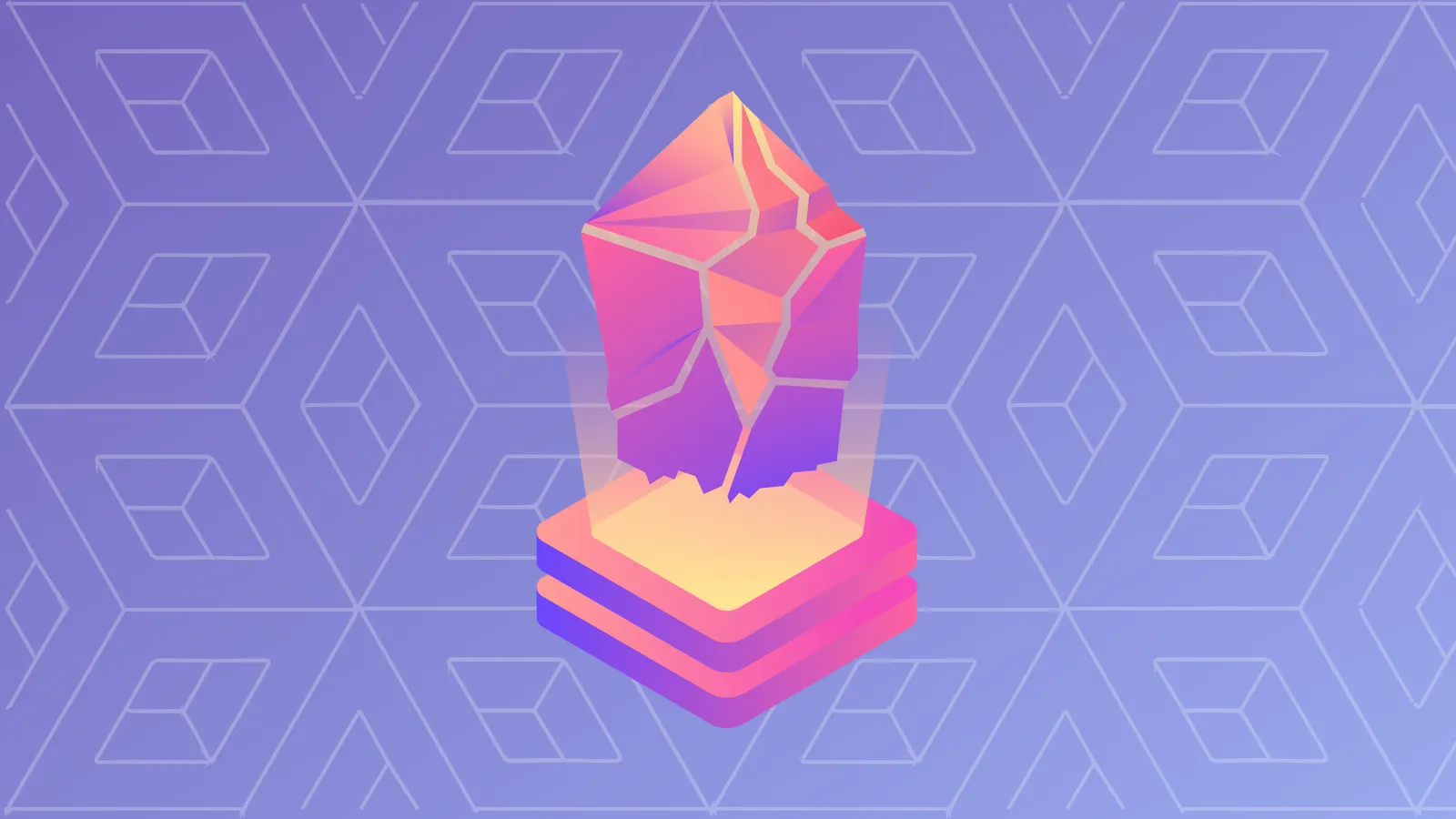Most blockchain projects are chasing the same goal: mass adoption. This is particularly true when it comes to decentralized apps. But adoption has been low, both among consumers, and developers. For developers, the tricky problem is many blockchain networks each have their own programming languages, forcing a developer to learn a brand new language to create a dApp.
Is there a simpler way? That's what Lisk is promising. Find out how it plans to do that below.
What is Lisk?
Lisk is a blockchain platform that allows developers to create, customize, and then distribute dapps. The primary coding language is JavaScript, which is one of the most common languages around. By choosing JavaScript, Lisk aims to attract an army of developers to code their own dApps. These dApps are built on sidechains so they don’t slow the main network down.
How do sidechains work? Think of the mainchain like a tree trunk. Sidechains are branches connected to the trunk, but don’t affect it. The sidechain development keeps the mainchain from being weighed down, and protects the mainchain from any bugs that might affect a sidechain.
Who created Lisk?
Max Kordek and Oliver Beddows founded Lisk in 2016. Before that, they were working on an open-source blockchain application platform called Crypti. Though similar in concept to Lisk, they realized there were too many constraints with the platform to achieve the kind of scale they wanted. So they broke off and created Lisk.
A brief history
- January 2016 – Lisk is founded as a fork from a similar project, Crypti
- March 2016 – Raised 14,000 Bitcoin from an ICO
- February 2018 - Brand relaunch
- August 2018 – Mainnet launched
Did you know?
Lisk’s headquarters are in Zug, Switzerland.
Did you know?
Lisk’s headquarters are in Zug, Switzerland.
What’s so special about it?
Language: Lisk’s biggest selling point is that it is based in JavaScript – one of the most widely-used programming languages in the world. It gets confusing because different networks use different languages. For example, Bitcoin’s core uses C++, while Ethereum has its own language called Solidity. That means unless a developer already knows the language, they have to learn it before they can get to work. That alone is a huge barrier to entry. By choosing JavaScript, the Lisk founders want to attract huge numbers of developers to build dApps on the Lisk blockchain.
Accessibility: Lisk is determined to be developer friendly. That’s why it’s developing a ‘Sidechain Development Kit’, which will have all the tools developers need to create dApps. Developers will also create their own tokens on the main blockchain without any code involved.
How is LSK produced?
The currency of the Lisk network is the Lisk Token (LSK). These tokens aren’t mined like other types of cryptocurrency; they are ‘forged’. That’s because LSK operates on a consensus protocol known as Delegated Proof of Stake (DPoS). Essentially, holders of LSK vote for the people they want to validate blocks on the blockchain. The more LSK you have, the more weight your vote has. The people who receive the most votes become delegates, and are paid in LSK for validating blocks. In total, there are 101 delegates at a time, and they can be replaced at any point if they don’t perform well.
A key advantage of this system is that its fast. Transactions can be validated in seconds not minutes, unlike Bitcoin’s proof of work system. LSK doesn’t have a fixed amount of tokens in supply. Instead, delegates will get fewer tokens over time for validating blocks.
How does Lisk Token work?
LSK is the fuel of the Lisk network. It is used to reward delegates who validate blocks on the blockchain. It will also be used as payment for any transactions that happen on the Lisk blockchain – for example, a developer who wants to register a dApp they created.
In future, LSK will be the crowdfunding currency when someone creates their own token and launches an ICO on the network.
What can you do with LSK?
LSK can be used for transactions on the Lisk blockchain network. It can also be traded for other cryptocurrencies on several major exchanges.
The future
The goal is that Lisk will eventually host loads of dApps. A few are in development, but it’s still early days. Lisk is counting on a flood of developers with its Sidechain Development Kit. The kit will make it simple and straightforward to build dApps, customize them, and distribute them on a sidechain. Developers will be able to create their own tokens and release ICOs on the network. But Lisk is competing with a lot of other projects, that are far larger and have far more developers. Whether it's reliance on JavaScript will be a blessing or a curse remains to be seen.






